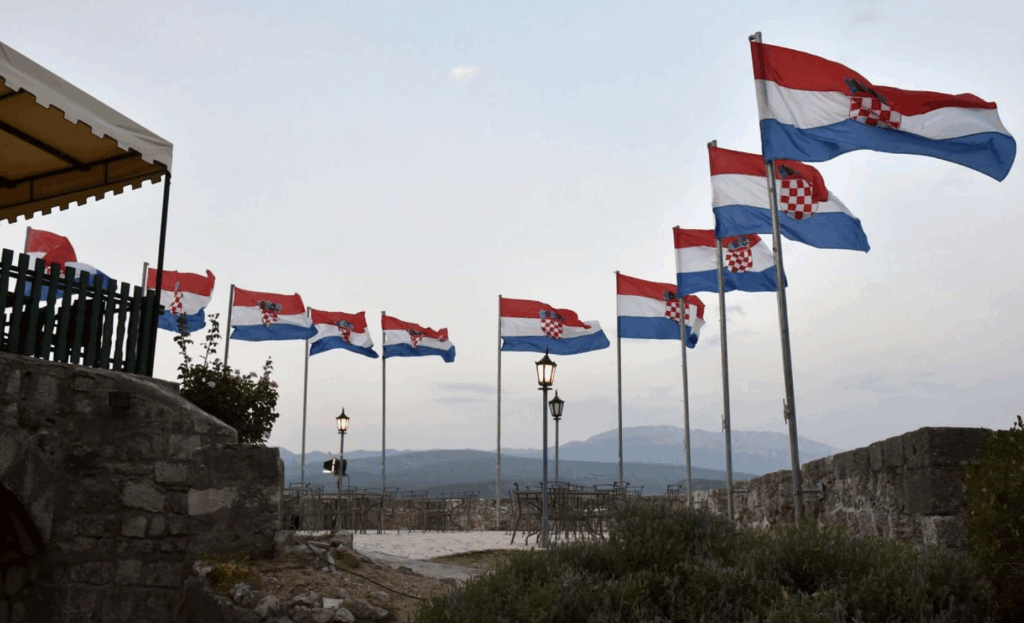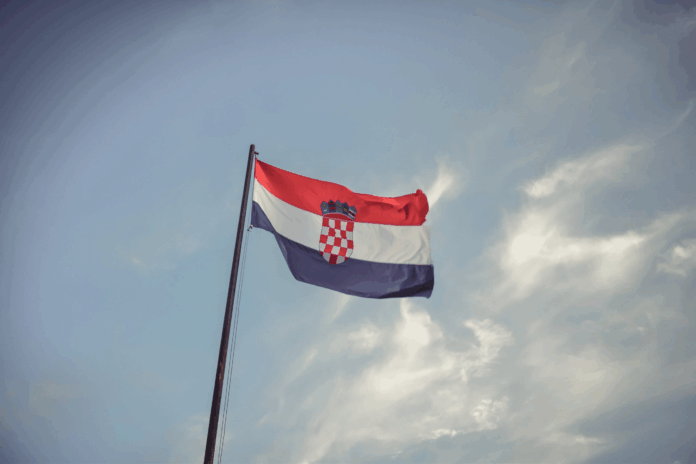Explore Croatia’s path to independence, from the leadership of Franjo Tuđman and the heroic defence of Vukovar to Operation Storm and international recognition. This article traces the nation’s struggle through war, hardship, and resilience, leading to its modern status as an EU and NATO member. Discover how Croatia reclaimed its sovereignty and inspired a global Croatian resurgence.
Turning point in a nation’s history
These were transformative times, the kind that do not often occur in the history of a people. Croats, both in the homeland and in the diaspora, felt this deeply and harnessed all their strength to once again bring to life their independent state and live in freedom.
They were fortunate that a leader emerged—Franjo Tuđman—who knew how to navigate those difficult times and lead the Croatian people, whom he united under a single flag, to ultimate victory. But it was not easy, and in the beginning it seemed barely achievable.

Unwavering determination despite the odds
Nevertheless, the Croatian leadership of the time, which had received plebiscitary support from the people—first in the initial multi-party elections and later in the referendum on independence—and especially the Croatian people themselves, never abandoned that goal, regardless of the cost.
In the beginning, progress was cautious, step by step. Not only were the Croats disarmed at that time, with the weapons of the Territorial Defence seized by the former Yugoslav People’s Army (JNA), but there was also no international support for an independent Croatian state. The preservation of the Yugoslav framework was being advocated.
Facing a seemingly impossible struggle
What’s more, even the great powers, after the outbreak of the Greater Serbian aggression in 1991, gave Croatia only a few weeks—at most a month or two—before it would fall.
But then Croatian defenders emerged, who, despite being in an unequal balance of forces with the aggressor army, defended their villages and towns. These were harsh times, marked by hundreds of thousands of displaced persons, numerous deaths and disappearances, material scarcity, anguish in people’s hearts, and uncertainty about the future of both individual families and the entire nation.
The heroic defence of Vukovar
A turning point in the war came with the heroic defence of Vukovar. Only 1,800 defenders tied down the most elite and numerous aggressor units. They held them off for three months while being completely surrounded, giving the rest of Croatia time to reinforce its defence.
After international recognition in 1992, the Croatian leadership undertook a series of military actions to reclaim occupied territory. Simultaneously, new weaponry was acquired, and military training was conducted, leading to the formation of guard brigades and elite special units. These very units became the spearhead of all liberation operations.
Lightning strikes and strategic messages
The general rehearsal for liberating the country took place in early May 1995 during Operation Bljesak (Flash). The operation was so swift and successful that even the CIA was taken by surprise. Afterwards, a military parade was held at Jarun as a message to Greater Serbian circles about Croatia’s new military strength.
When the Serbs responded with their own “parade” in the occupied town of Slunj, Croatian drones flew over and dropped leaflets bearing the message: “See you soon.” And so it was.
Operation Storm and the fall of the parastate
In the four days of Operation Oluja (Storm) at the beginning of August 1995, the Serbian parastate known as the so-called Krajina was erased from Croatian soil.
Following that, Croatian forces in Bosnia and Herzegovina created the conditions for ending the war and reaching a peace agreement—part of which, often forgotten, was the peaceful reintegration of the Croatian Danube region, completed in 1998.

Croatia’s post-war path and Western integration
Since then, Croatia has gone through various phases. It has had both good and bad governments but achieved what was the goal in 1991. It belongs to the West; it is a member of NATO and the EU. Economically, it has also been recovering in recent times. It is moving forward—not perhaps at the pace one would wish, but the trend and direction are what matter.
And the direction is such that now even many Croats who had moved to wealthier countries are returning to their homeland.

